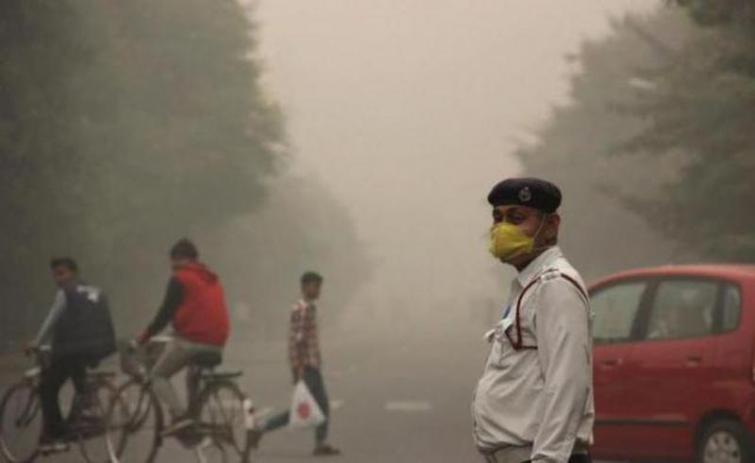
In 2018 and 2019, one extreme weather event happened almost every month in India: Report
Nimli/Alwar/IBNS: The continuity and intensity of extreme weather events in India in the 2018-19 period has taken even climate scientists and meteorologists by complete surprise, says the latest State of India’s Environment Annual, which was released here today by Rajasthan chief minister Ashok Gehlot.
The world witnessed 286 and 228 extreme weather events in 2018 and 2019, respectively. Of these, India recorded 23 in 2018 and nine in 2019.
In terms of deaths, 48 per cent of the deaths in Asia due to extreme weather events happened in India. And in 2019, there were more deaths in India even though the number of such events were fewer – 2.038 people died in 2019 due to extreme weather events, compared to 1.396 in 2018.
Extreme weather events include conditions like drought, wildfire, flood, landslides, extreme temperatures, fog and storm.
January saw the end of the north-east monsoon season with a 44 per cent deficit rain -- the third highest deficit in the past 10 years. North India had one of the coldest and driest winters ever, as the extreme conditions spilled into February.
In March, an unseasonal heat wave roasted Tamil Nadu, Andhra Pradesh and Kerala.
In April, thunderstorms with cloud-to-ground lightning strikes began affecting states in east, central and north-east India. The month ended with the formation of a rare pre-monsoon cyclone (Fani).
May and June were marked by a spate of heatwaves. By the first week of June, the country had undergone 73 spells of heatwave conditions, 11 of them extreme; with the maximum deaths in Bihar (over 200).
The conditions were so harsh that district magistrates of five districts invoked section 144 of the Criminal Procedure Code to restrict public activities during daytime.
There was delay in the onset of south-west monsoon, and July started with a weak rainfall. But once it started raining, it poured. Twelve states received over 60 per cent surplus rains in the second week of July.
The resultant floods in Bihar and Assam affected over 10 million people and claimed 168 lives.
The rains came in short bursts of heavy downpours followed by drier periods, a pattern that continued till September.
In all, there were 1,250 events of extreme rainfall during the year, or more than three per day.
In October and November, cyclones Hikaa, Kyarr and Maha in the Arabian Sea and cyclone Bulbul in the Bay of Bengal formed and intensified in quick succession. With cyclone Pawan in December -- the total number of cyclones in the northern Indian Ocean region reached eight. This is the highest number of cyclones in a single year since 1976.
Says the State of India’s Environment report: “The continuity of extreme events from one month to the next means that the world needs to always be on its toes. Scientists and environmentalists have called this a climate emergency.”
Support Our Journalism
We cannot do without you.. your contribution supports unbiased journalism
IBNS is not driven by any ism- not wokeism, not racism, not skewed secularism, not hyper right-wing or left liberal ideals, nor by any hardline religious beliefs or hyper nationalism. We want to serve you good old objective news, as they are. We do not judge or preach. We let people decide for themselves. We only try to present factual and well-sourced news.







